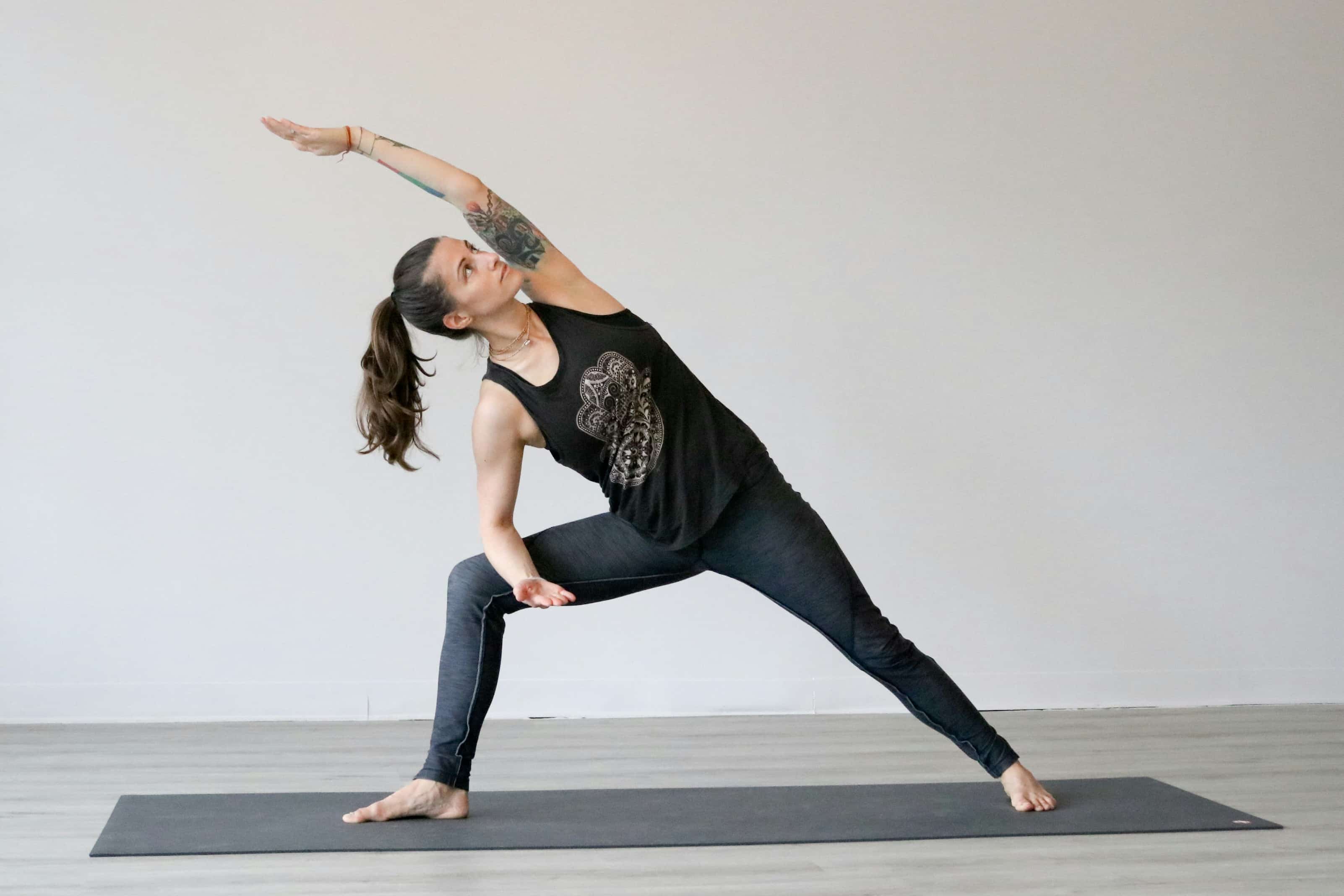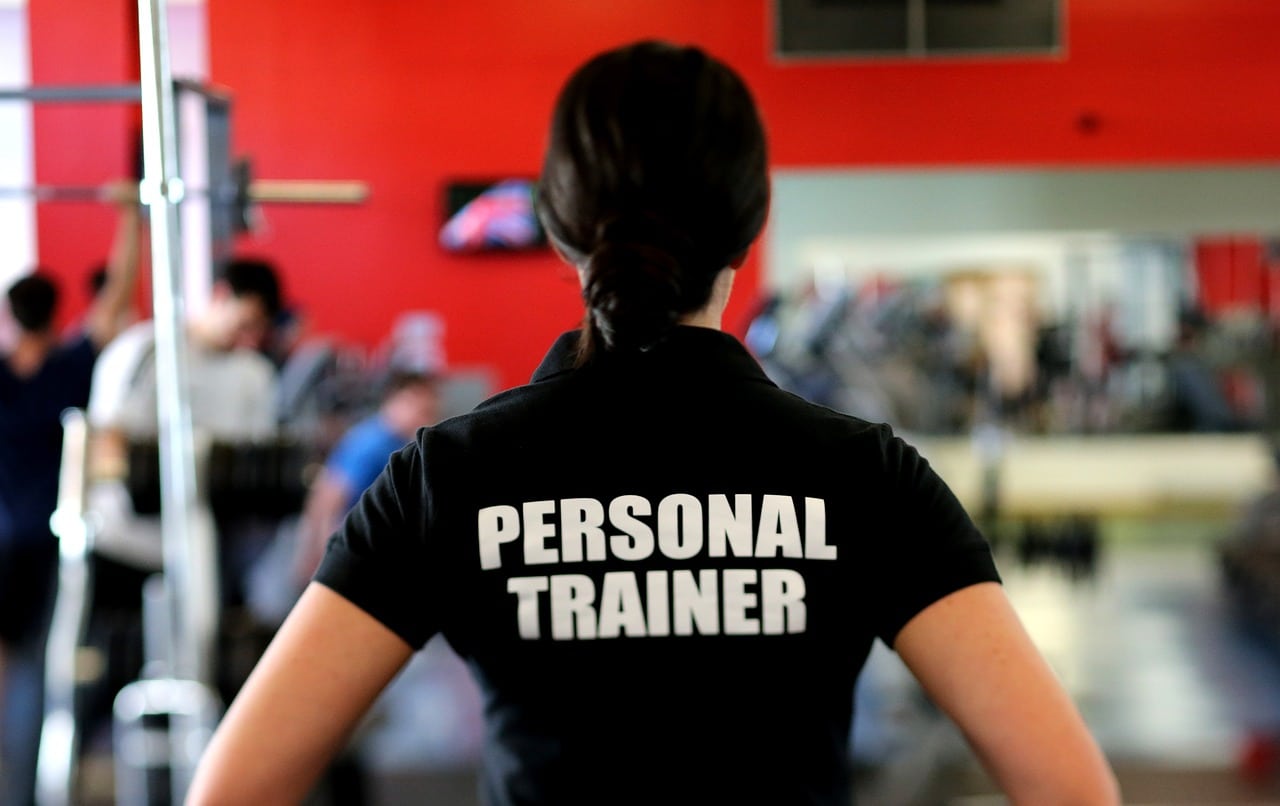It wasn’t all that long ago when all “wearable fitness technology” meant was a simple pedometer—capable only of measuring an individual’s step count. But now? Technology has advanced so significantly that there are two separate categories of wearables:
- “Traditional” fitness trackers: Capable of monitoring activity, steps, speed, sleep, heart rate, blood pressure, and breathing.
- Smartwatches: Beyond tracking health and fitness data, smartwatches also offer smartphone features, like texting, calling, and other app integrations.
As such, thinking of something fitness wearables can’t do between the two categories is honestly a challenge. Now, did that get you all excited about the prospect of getting your client to buy one so they’d stay motivated and on track to reach their fitness goals?
Well … you might want to hold off that thought for a little while.
Yes, fitness wearables can provide valuable health insights and, thus, serve as a motivating factor. But they’re also plagued with accuracy and mental well-being issues. So, here’s a deep dive into the pros and cons of wearable fitness technology—structured around their features—that’ll help you decide if it’s suitable for your client.

Get Your Free Guide
Learn How to Start a Fulfilling, Impactful Career as a Holistic Health Coach
You’ll learn:
- Why holistic health matters
- If holistic health coaching is right for you
- What career opportunities exist for health coaches
- And more!
Daily Step Count
You’re likely no stranger to the health benefits maintaining a high level of non-exercise activity thermogenesis (NEAT) can bring for your client: less risk of metabolic syndrome, cardiovascular events, and death from all causes are just a few examples.
The only problem? With “work-from-home” still the default arrangement, your client will likely spend the greater part of their days inactive.
That’s where wearable fitness technology comes in.
While your client may suspect that they’re generally inactive throughout the day, seeing the actual number of steps they take from a full day of staying in (e.g., 500) can truly motivate them into getting off their couch and hitting the recommended 10,000 to 12,000 steps a day.
However, this also brings up a con of using fitness wearables: They’re known to undercount, or arguably worse, overcount the number of steps a client takes in a day.
Smartwatches and activity trackers use motion sensors to determine step count.
Unfortunately, that also means that they’re prone to registering steps in error from subtle movements (e.g., washing hands, preparing food, or using the computer mouse) and even vibrations that affect the body (e.g., from riding in a car).
Here are a few tips that’ll help your client maximize the accuracy of their daily step counts:
- Wear on the nondominant hand: Your client’s dominant hand will likely be more active (e.g., stirring a pot or operating machinery), so there will be more opportunities for mistakes.
- Ensure a tight fit around the wrist: If the fitness wearable flops around on your client’s wrist, they’re more likely to get false step counts.
- Log non-active times: If possible, have your client log their before and after step counts when they spend an extended period being inactive (e.g., working). They can then deduct the “false steps” from their day’s total count.
Energy Expenditure
Many fitness trackers can also help your client calculate the number of calories they’ve burned in a day. Imaginably, this can help them get a better sense of their calorie balance—which is particularly important for clients looking to lose weight.
A disclaimer, though: Activity trackers and smartwatches are notoriously inaccurate at counting calories burned during exercise and throughout the day.
According to a series of studies from 2017, nearly all fitness wearable devices involved (including FitBit Surge, Apple Watch, and the Microsoft Band) hovered around a 25% margin of error when counting calories burned.
To put that into perspective, a 25% margin of error means that your client only burned 2,000 calories—even though their activity tracker (or smartwatch) tells them that they’ve burned 2,500 calories.
As a weight management specialist, let’s say you’ve determined that your client would do best by eating 300 calories fewer than their total daily energy expenditure (TDEE). So, guess how much they’re going to eat if their activity tracker tells them that they’ve burned 2,500 calories? That’s right: 2,200 calories.
And that, sadly, brings them right into a calorie surplus.
Worse still, research also shows that people tend to reward themselves with decadent foods and large portions after exercising (particularly cardio)—and that they often eat back all of (if not more than) the calories they burned during the session.
Of course, the accuracy of your client’s fitness wearable at estimating energy expenditure is pretty much beyond your control. But what you can do, instead, is to have your client track their food intake. This decreases the likelihood of them over-compensating for their physical activity. And speaking of which …
Calorie Intake
Thanks to app integrations, many smartwatches can help make nutrition-tracking as simple as tapping a few buttons.
An obvious upside associated with this is it empowers your client with the knowledge of what they’re putting into their bodies (e.g., number of calories, macronutrient split, vitamins, and minerals), plus how that affects them.
In turn, this provides your client with a clear idea of where their “problem areas” are—and where to make changes.
However, it’s also worth noting that finding a nutrition app that accurately reports calories is an arduous task. A 2019 study, found that all five evaluated apps (including MyFitnessPal, Noom Coach, and Lose It!) failed to represent various nutritional information accurately.
Honestly, though, this isn’t a dealbreaker.
Instead of viewing nutrition logging as a tool to track the absolute values of calories, you could—instead—help your client see it as a tool to develop healthy eating habits (especially for those who’re not looking to lose weight).
Take this 2013 study published in the International Journal of Behavioral Nutrition and Physical Activity, for example.
Researchers found that participants who tracked their diet for eight weeks ate two more servings of vegetables a day than they did at the beginning of the study.
Look Out for Signs of Obsession
Beyond data accuracy issues, though, one of the most critical cons to consider about fitness wearables is the threat of a blurring line between the healthy use of a fitness tracker and an unhealthy obsession with the numbers.
What starts as a positive influence on health can become a breeding ground for orthorexia.
Several studies have now found that the use of tracker apps (e.g., calorie-counter apps) could be linked to disordered eating. That’s why you should avoid recommending fitness wearables for any client who has a history of eating disorders.
Also, be sure to look out for unhealthy behaviors in clients who already have a fitness tracker.
Do they get anxious when they fail to burn the same number of calories they did in the previous session? Are they making drastic changes to their exercise routine (e.g., five cardio sessions in a week) to increase their calorie burn?
If so, you might want to get them to take off their fitness wearables.
And, of course, a much better option would be to encourage them to seek professional help—because, often, the things you see your client doing are just the symptoms of something deeper (e.g., an unhealthy relationship with food).
Takeaway
Before getting your clients to hop on the fitness wearables trend, it’s essential to ask, “why do they need one?” and “how are they using it?” An activity tracker or smartwatch can be a helpful tool to help your client learn about their daily activity levels, nutrition status, and more.
But if used in an obsessive manner to gain “absolute control” over various aspects of their daily life, it could end up doing more harm than good.
That’s why you should always go through the process of weighing the pros and cons for your clients. That way, they can make an informed decision for themselves.

Get Your Free Guide
Learn How to Start a Fulfilling, Impactful Career as a Holistic Health Coach
You’ll learn:
- Why holistic health matters
- If holistic health coaching is right for you
- What career opportunities exist for health coaches
- And more!
References
- https://journals.physiology.org/doi/full/10.1152/japplphysiol.00968.2018
- https://pubmed.ncbi.nlm.nih.gov/17413092/
- https://www.ncbi.nlm.nih.gov/pmc/articles/PMC5488109/
- https://www.reuters.com/article/us-health-fitness-tracker-accuracy/how-good-are-activity-trackers-at-counting-calories-burned-idUSKBN18L2OZ
- https://www.ncbi.nlm.nih.gov/pmc/articles/PMC3761859/
- https://mhealth.jmir.org/2019/2/e9838/
- https://ijbnpa.biomedcentral.com/articles/10.1186/s12966-017-0563-2
- https://www.ncbi.nlm.nih.gov/pmc/articles/PMC5700836/



